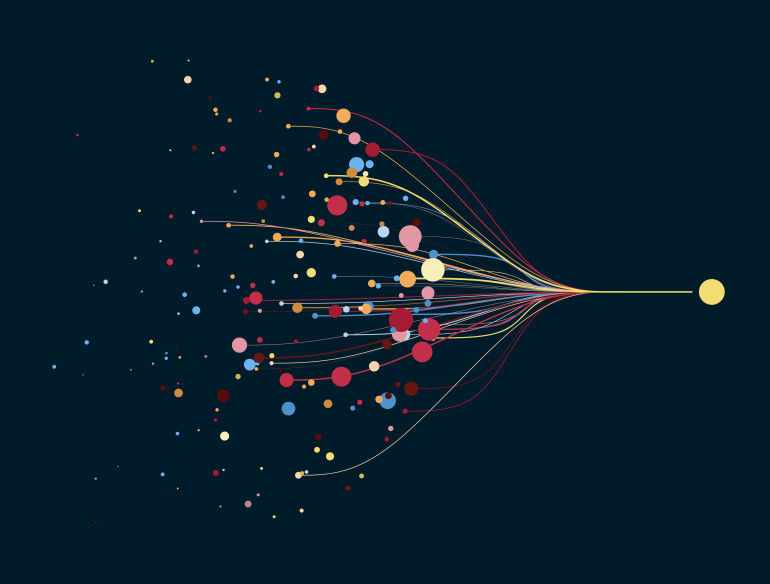Human immunodeficiency virus (HIV) is an incurable disease, and costs Australia ~$400m per year in avoidable health care costs. Despite increased prevention efforts to eliminate HIV, HIV rates have only declined by 7% in the last five years, and a number of priority populations, including Aboriginal and Torres Strait Islander peoples (hereafter Indigenous), and people from culturally and linguistically diverse backgrounds (CALD), have seen increases in rates. The HIV cascade of care has become a widely used approach to describe the benchmark stages along the HIV care pathway to viral suppression. At the 2014 International AIDS Conference in Melbourne, the joint United Nations Programme on HIV and AIDS (UNAIDS) and partners launched ambitious 90-90-90 and 95-95-95 targets for 2020 and 2030 respectively, as a commitment to improve access to antiretroviral therapy (ART) as a lifesaving treatment, a transmission prevention measure and a human right. Progress towards these targets is currently assessed in Australia using cross-sectional methods and standalone datasets that are not linked together.
The proposed national data linkage brings together the datasets by linkage that are used separately currently. The proposed surveillance activity aims to use data linkage to enhance routine HIV surveillance by improving the accuracy of the current HIV cascade of care in Australia, producing cascades for priority populations, and investigating factors associated with gaps in the cascade for priority populations. Data linkage between several national datasets will provide information on priority populations for which we are currently unable to report on; will enable validation and enhancement of current methodologies; and would provide a combined cohort which would help determine individual pathways through the HIV cascade of care.
This is a population-based, epidemiological linkage cohort study which will combine HIV notifications from the National HIV Registry (NHR) with Medicare Benefits Scheme (MBS), Pharmaceutical Benefits Scheme (PBS), National Death Index (NDI), hospitalisations, Australian Cancer registry, Disability Services National Minimum, NDIS and DOMINO (Centrelink) data of people notified with HIV in Australia between 1997–2025. This linkage is taking place for the first time and will be facilitated through the Australian Institute of Health and Welfare (AIHW) and upon ethical approval will be repeated annually and will be an ongoing enhanced surveillance system feeding into the annual estimates for the HIV cascade of care.
A longitudinal framework has the potential to estimate the time taken for a population to progress from one stage of cascade to the next. It is very difficult to understand the gaps and an individual’s transition in cascade through a typical cross-sectional analysis. Furthermore, longitudinal analysis provides an ability to track individuals who would otherwise appear to be lost to follow up along the care cascade and or who are not well characterised. The proposed analyses will also include assessment of factors associated with steps in the cascade, to help shape appropriate health policy and programs.
Australian Institute of Health and Welfare (AIHW); Health Equity Matters; Centre for Big Data Research in Health, UNSW Sydney; National Drug and Alcohol Research Centre, UNSW Sydney; Department of Developmental Disability, Neuropsychiatry, UNSW Sydney.
National Health and Medical Research Council (NHMRC)

